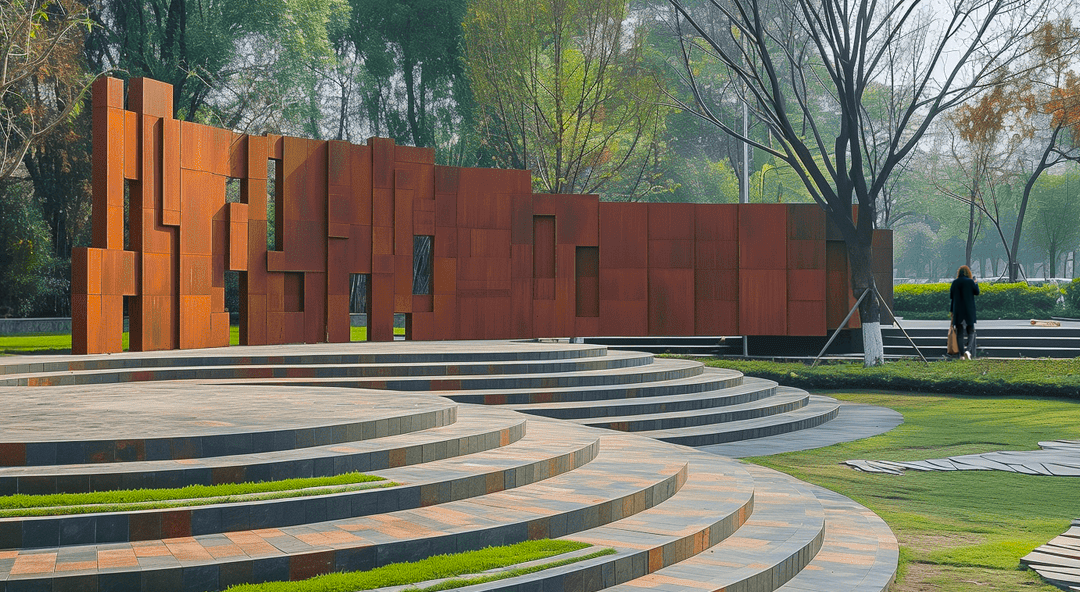Introduction
Public art and installations have emerged as vital elements in contemporary landscape architecture, transcending decoration to become powerful tools for storytelling, social engagement, and place-making. Whether it’s a towering sculpture in a plaza, a subtle intervention on a walking path, or an interactive sound installation in a park, public art enriches the urban fabric, turning ordinary spaces into meaningful experiences.
Engagement and Interaction in Public Spaces
Unlike traditional gallery art, public installations in landscape architecture often invite physical interaction. People touch, walk through, sit on, or even play with them. Interactive installations—like sound-based sculptures, light-reactive pathways, or kinetic art—stimulate the senses and foster playful exploration.
These experiences can dramatically increase foot traffic, promote tourism, and activate otherwise underutilized spaces. The “Cloud Gate” (The Bean) in Chicago’s Millennium Park, for example, is not just a sculpture—it is a social magnet, drawing millions annually for selfies, reflection, and conversation.
Related Articles
Related
Waterside Landscapes and Urban Well-being
IntroductionWaterside design in landscape architecture blends functionality, ecology, and aesthetics to transform riverbanks, lakeshores, canals, and waterfronts into vibrant, inclusive, and sustainable public spaces. With growing urban populations and increasing...

